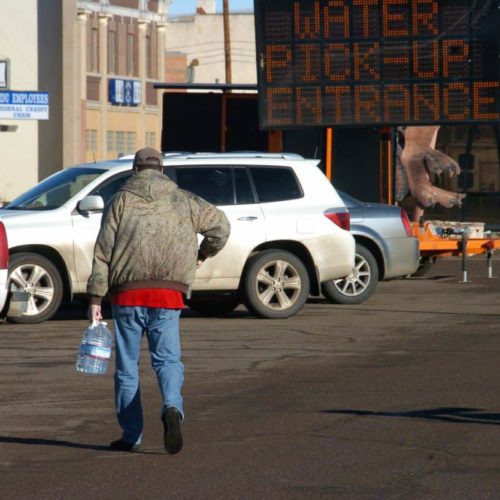Introduction
Update, January 26, 2015: Residents of Glendive, Montana, have been told their water is once again safe to drink.
Benzene, a cancer-causing ingredient in crude oil that has killed countless workers and contaminated communities around the United States, is back in the news.
Authorities found the chemical at elevated levels in a municipal drinking water system downstream of an oil spill into Montana’s Yellowstone River. The 50,000-gallon spill on January 17 occurred as a result of a pipeline break. More than 5,000 residents of Glendive, Montana, have been warned not to drink or cook with city water until the benzene levels subside.
The Center for Public Integrity reported in December that the petrochemical industry spent at least $36 million on a decade-long research project that critics say – and internal documents indicate – was designed to play down cancer risks posed by benzene and fend off lawsuits and regulation. Results of the industry-funded study, conducted in Shanghai, China, have seeped into the scientific literature and, ultimately, the courts.
Last May, in a sign that officials still consider benzene a public health hazard, the U.S. Environmental Protection Agency proposed a rule that would protect an estimated 5 million Americans – not including those with occupational exposures – from what the agency says are heightened cancer risks from benzene and 68 other carcinogens sent into the air by the nation’s 149 oil refineries.
The rule would require refiners to monitor for benzene, in particular, along plant fence lines. Aimed at curbing “fugitive” emissions from equipment leaks and similar releases, it would set a fence line limit for benzene of 3 parts per billion — a fraction of the 10 ppb the agency recommends as the maximum chronic exposure level for the chemical.
Read more in Environment
Environment
Duke Energy fined $25.1 million for groundwater damage from coal ash
Center series on coal ash detailed health and environmental dangers
Environment
Chemical Safety Board cuts investigations amid alleged mismanagement
Allegations of severe mismanagement continue to haunt the Chemical Safety Board, tasked with investigating industrial chemical accidents


Join the conversation
Show Comments